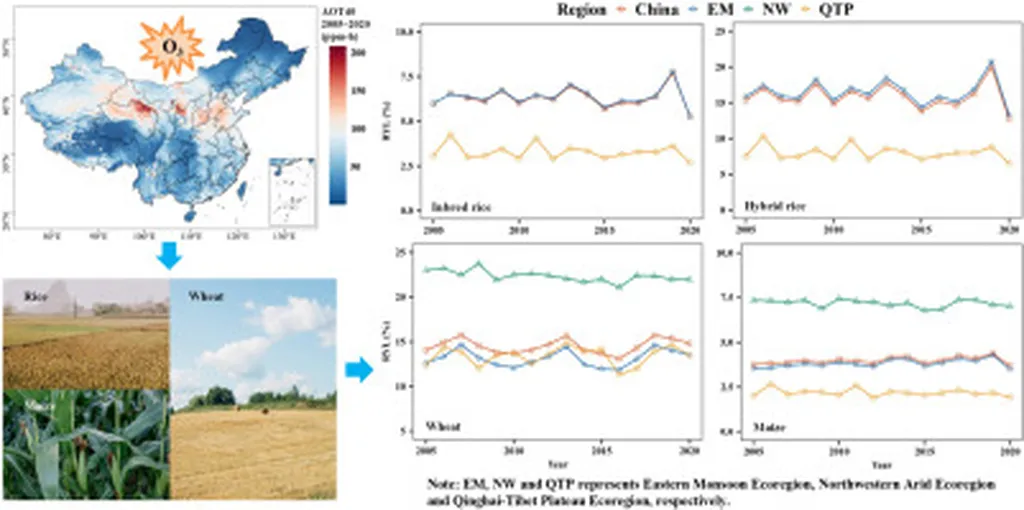In the heart of China’s Zhejiang province, a team of researchers led by Muhammad Rehman at Zhejiang University has been delving into the intricate world of maize and its response to nickel stress. Their findings, recently published in the journal ‘Crop Design’, shed light on the complex interplay between heavy metal contamination and plant health, offering valuable insights for the agriculture sector.
As urbanization and industrialization accelerate, so does the prevalence of heavy metal contamination in our soils. Nickel, while essential for plant growth in trace amounts, can become a silent saboteur when present in excess. Rehman and his team sought to understand how varying concentrations of nickel affect maize seedlings, the staple crop that feeds billions worldwide.
Their study revealed a stark reality: nickel stress stunts growth, disrupts nutrient uptake, and hampers photosynthetic efficiency. “The plants were essentially choking under the stress,” Rehman explained, describing the visible symptoms of wilting and yellowing leaves. But the damage ran deeper than the eye could see.
At a cellular level, nickel stress triggered a surge in reactive oxygen species (ROS), leading to oxidative damage. The team observed elevated levels of malondialdehyde (MDA), a marker of oxidative stress, and noted significant ultrastructural disruptions. “The plants’ internal machinery was under siege,” Rehman described, likening the damage to rust forming on metal, but at a microscopic scale.
The body’s antioxidant defenses initially rallied, with enzyme activities spiking in response to the stress. However, at the highest nickel concentrations, these defenses crumbled, unable to keep up with the relentless ROS production. This breakdown in redox homeostasis signaled a tipping point, beyond which the plants’ survival was jeopardized.
The study also uncovered changes in the expression of antioxidant-related genes, hinting at the molecular mechanisms underlying the plants’ stress response. These findings could pave the way for targeted breeding or genetic engineering strategies to enhance maize’s resilience to nickel stress.
For the agriculture sector, the implications are significant. As heavy metal contamination continues to rise, so too does the threat to crop yields and food security. This research underscores the urgent need for sustainable solutions, from soil remediation to stress-tolerant crop varieties.
Rehman’s team is already looking ahead, exploring the potential of their findings to inform future agricultural practices. “Our goal is to translate these insights into real-world applications,” he said, envisioning a future where maize, and other crops, can thrive despite the challenges posed by heavy metal contamination.
In the face of a changing climate and intensifying environmental pressures, such research is not just about understanding the problem—it’s about equipping the agriculture sector with the tools to overcome it. And in the battle against heavy metal stress, knowledge may well be the most powerful weapon of all.

